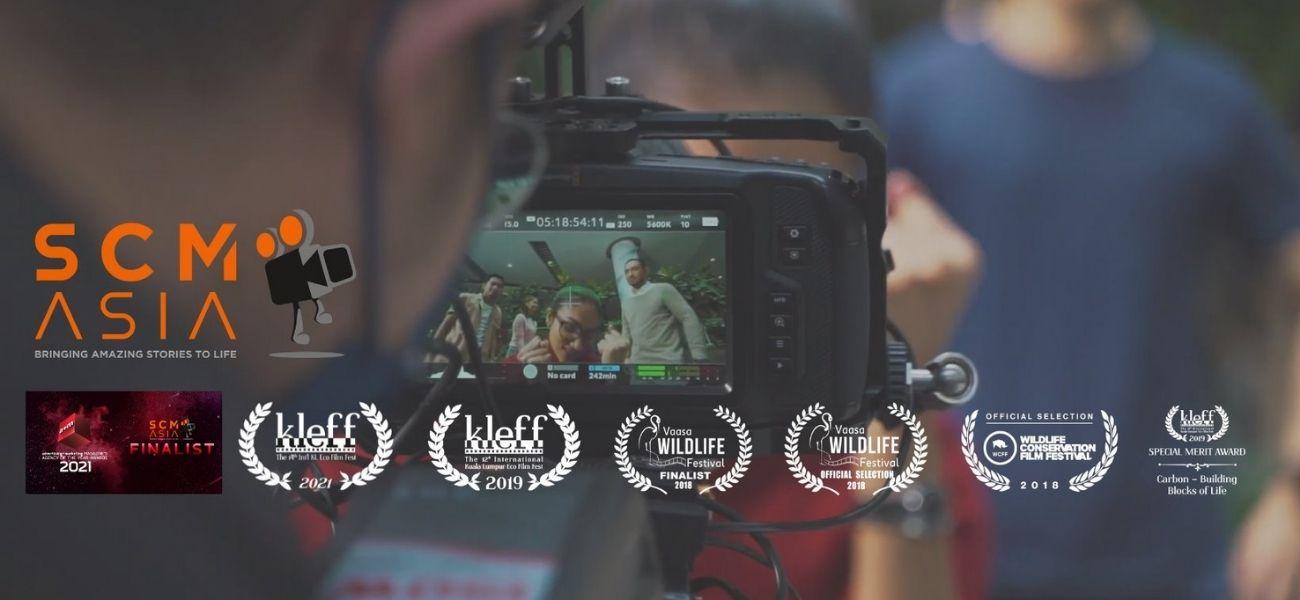The future of video production is rapidly approaching. With the advent of virtual reality, artificial intelligence, and countless other innovative technological advancements, the world of visual content is changing beyond recognition. Today’s video producers need to start embracing these new trends if they want to keep their businesses competitive in this turbulent market. Here are 6 ways the future of video production is shaping up:
Virtual Reality Is Here, and It’s Going to Be Big
VR headsets have been around for more than a decade, but a 2017 report predicted that VR revenue would reach $26 billion by 2021. And just a few years after that, the technology could surpass $200 billion in revenue. Millennials are particularly interested in VR, and companies are starting to invest in VR video production. VR video production is a relatively new concept that is still being defined. The role of VR in marketing and advertising is also still being discovered. VR is already being used for brand engagement and ad creation. Many companies are producing VR versions of their products and using them as in-store displays. The ability to transport customers to other parts of the world and to experience products in a new way makes VR a unique marketing medium. VR video production can be used for a variety of purposes, including advertising, product launches, training, training simulations, and more. VR production can also help businesses get their message out to potential customers by allowing them to experience products in a way they normally wouldn’t be able to.
Artificial Intelligence Will Revolutionize Video Production
Artificial intelligence is already revolutionizing video production. With the rise of virtual reality, AI is making it possible to create virtual sets and have actors re-create scenes in real-time. AI also enables real-time captioning, which makes video production more accessible to people who are deaf or have hearing impairments. AI can also be used for automated video editing that can help save businesses time and money, as well as making it possible to generate more videos with less effort. AI is also making it possible to create custom ads and VOD (video on demand) content that live up to the standards of your brand’s content standards. This means that your ads and VODs will be more engaging and will be more likely to convert customers.
Video Content is Becoming More Visually Interactive
Video is being transformed into a more visual medium. In the past, marketers and advertisers were using mostly text-based videos, but as people are becoming more visually inclined, video content is becoming more visually interactive. Visual content is especially important for e-commerce businesses. You can now use visual content for in-store displays and product catalogs that incorporate 3D models, visuals, and animations. Visual content can also be used for marketing email campaigns and on social media, leading to more click-through rates and increased engagement. VR also allows businesses to create more engaging videos with audio and visuals, as well as 360 video that allows viewers to feel as if they’re actually experiencing the content. AI is also making it possible to generate more visually interactive content with less effort.
Robots Are Learning How to Edit Videos, too
As the demand for video production increases, so does the demand for AI-enabled video production software. Software that can help video producers automate their work is becoming more and more popular. For example, NUKE, a visual effects software, is getting an AI-enabled version that will allow producers to automate half of the work. ROBOT 6, a robot that can edit videos, is also becoming more common. AI is making it possible to generate more visually interactive content with less effort. Robots are also making it possible to generate more content with greater speed. Automation also helps producers avoid human error in video production, which could cost businesses time and money.
Data Is Going to Be a Key Factor in the Future of Video Production
The future of video production is starting to revolve around data. AI-enabled software is being used for VOD content creation, and AI is being used for machine learning for video analytics. AI is also being used for web-scraping, which makes it easier to extract data from websites that are generating data. The more data you have, the better your VOD content will be. Data is especially important for businesses that rely heavily on B2B (business to business) marketing. Visual content is becoming more visually interactive, so you’ll want to make sure your content is data-driven and visually interactive. Data is also key for generating more visually interactive content, so your content will need to be data-driven and visually interactive.
Conclusion
The future of video production is here, and it’s changing the game in more ways than one. With the rise of virtual reality, artificial intelligence, and the automation of workflows, the business world is seeing the benefits of these new technologies. And with more automation, businesses are able to produce more content with less effort. This means that the future of video production is here—and it’s here to stay.


